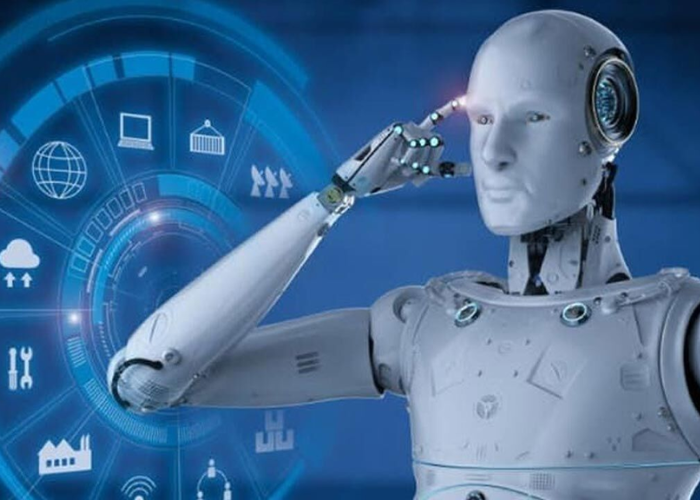Artificial Intelligence (AI) is a rapidly growing technology that has taken the world by storm. AI has been around for decades, but recent advances in machine learning and deep learning algorithms have made AI more powerful than ever before. AI is now being used in a variety of industries and applications, from healthcare and automation to self-driving cars and robotics. Despite its potential, AI also has its challenges and limitations, and it is important to understand the implications of AI before using it. In this blog, we will explore what AI is, current trends in artificial intelligence, potential applications of AI, benefits of artificial intelligence, and challenges of artificial intelligence.
What is Artificial Intelligence?
AI is a field of computer science that focuses on developing machines and computer programs that can think and act like humans. AI is a broad term that encompasses many different types of technologies, including natural language processing, computer vision, robotic process automation, and machine learning. AI is used to create autonomous systems that can learn from their environment and make decisions on their own. AI is used to automate and optimize tasks, as well as to identify patterns and trends in data. AI is also used to develop virtual personal assistants, robots, and autonomous vehicles.
Current Trends in Artificial Intelligence
AI is constantly evolving and new trends emerge every year. Some of the current trends in artificial intelligence include natural language processing (NLP), computer vision, deep learning, robotic process automation, and autonomous systems. NLP is a process that enables machines to understand and process natural language, allowing them to interact with humans in a more natural way. Computer vision is a field of AI that focuses on training computers to interpret and understand images. Deep learning is a type of AI that uses artificial neural networks to process data and identify patterns. Robotic process automation (RPA) is a technology that automates repetitive tasks and processes to reduce costs and improve efficiency. Autonomous systems are computer systems that are capable of making decisions on their own without human intervention.
Potential Applications of AI
AI has many potential applications, ranging from healthcare and automation to self-driving cars and robotics. In healthcare, AI can be used to diagnose diseases, predict health outcomes, and automate administrative tasks. AI can also be used in automation to improve efficiency and reduce costs. Self-driving cars use AI to navigate their environment and make decisions on their own. AI can also be used in robotics to create autonomous robots that can interact with their environment and perform tasks.
Benefits of Artificial Intelligence
AI has many benefits, including improved accuracy, increased efficiency, and cost savings. AI can be used to automate tasks and processes, reducing the need for manual labor. AI can also be used to identify patterns and trends in data, allowing for more informed decision-making. AI can also be used to improve customer service, as AI-powered chatbots can provide customers with fast and accurate answers to their questions.
Challenges of Artificial Intelligence
Despite its potential, AI also has its challenges and limitations. One of the main challenges of AI is its reliance on data. AI systems need large amounts of data to be trained and to make accurate predictions. Furthermore, AI systems are not perfect and can make mistakes. Another challenge is the lack of transparency in AI systems. AI systems are often black boxes, making it difficult to understand how decisions are made, which can lead to bias and unfair decisions. Finally, AI systems can be expensive to develop and maintain.
Conclusion
AI is a rapidly growing technology with many potential applications. AI can be used to automate tasks, improve accuracy, and reduce costs. However, AI also has its challenges and limitations, and it is important to understand these implications before using AI. In order to get the most out of AI, organizations need to ensure they have the right data, use transparent AI systems, and understand the potential risks and rewards of AI.





